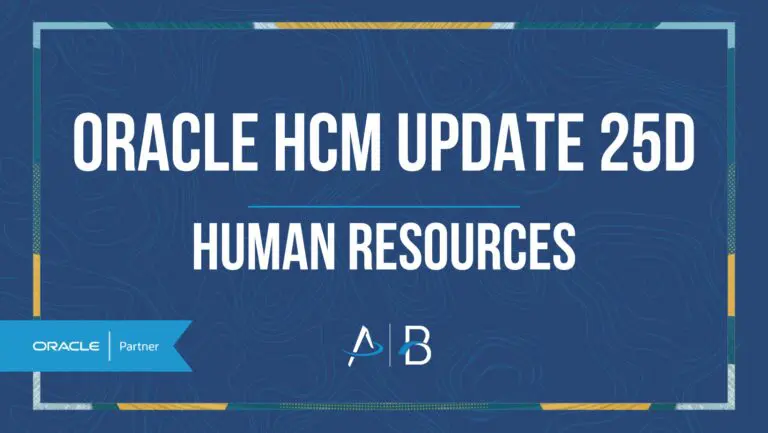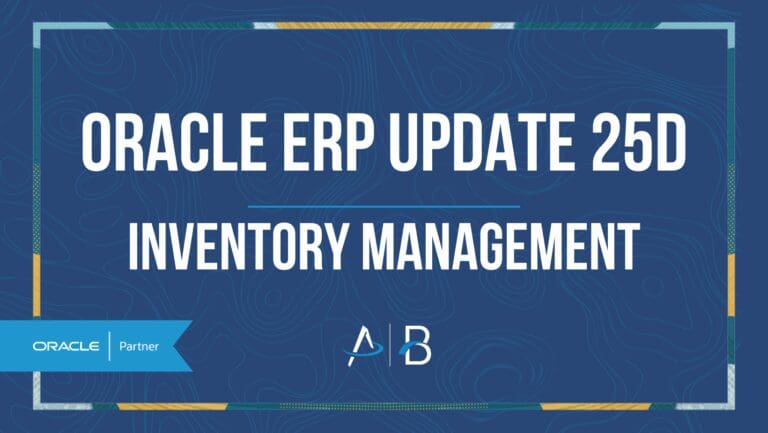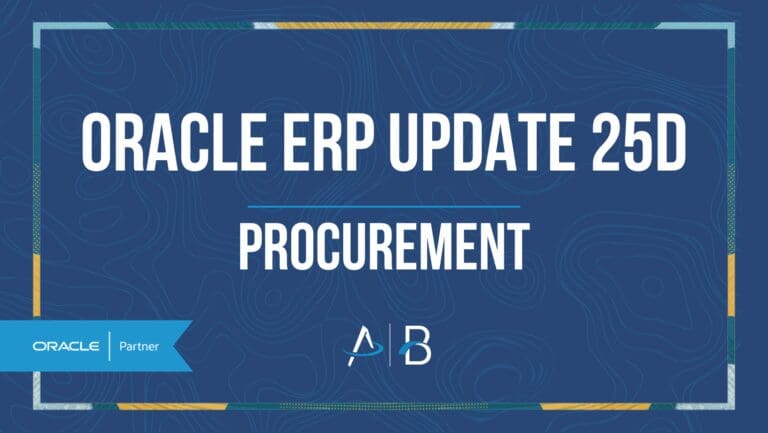Ensure a Seamless Payroll Year-End: Strategies Revealed!

Even though the year-end might feel far off when the summer sun is shining, the smartest businesses know that getting a head start on payroll preparation is key. Instead of waiting until the last minute and rushing through, imagine tackling year-end payroll with calm confidence. It’s about being proactive now to avoid those frantic, penalty-inducing moments later. This isn’t just about ticking off a compliance box, it’s about ensuring your team is paid accurately, your taxes are perfectly in order, and your business is set up for a smooth transition into the new fiscal year. ArcLight Consulting specializes in optimizing Oracle HCM for precise and compliant payroll processes, helping your organization achieve a seamless year-end and beyond.
Overview of Year-End Payroll
Year-end payroll involves more than just running the final paychecks of the year. It’s a comprehensive process that encompasses reviewing and reconciling all payroll data, ensuring accurate tax reporting, filing necessary forms with government agencies, and preparing documents like W-2s for employees. The accuracy of this process directly impacts your company’s compliance with federal, state, and local tax laws, and also affects employee tax filings. Mistakes can lead to penalties, fines, and significant administrative headaches. With the average cost of an IRS penalty for payroll errors ranging from hundreds to thousands of dollars, a precise approach is paramount.
Step 1: Finalize Payroll Records
The foundation of a successful year-end payroll lies in accurate and complete records. Before you can begin the reporting process, it’s essential to finalize all payroll data for the current year.
- Review Employee Information: Confirm that all employee personal details, addresses, and tax withholding information (W-4s) are accurate and up-to-date. Inaccuracies here are a common cause of W-2 errors.
- Verify Wage and Hour Data: Double-check all gross wages, overtime, bonuses, commissions, and other forms of compensation paid throughout the year. Ensure that all hours worked are accurately recorded and paid. According to a 2023 survey by the American Payroll Association, nearly 30% of businesses still struggle with manual timekeeping errors, highlighting the need for thorough review.
- Account for Deductions and Benefits: Verify all pre-tax and post-tax deductions, including retirement contributions, health insurance premiums, FSA/HSA contributions, and garnishments. Confirm that all employer-provided benefits have been properly valued and accounted for where applicable.
- Process Final Adjustments: Address any outstanding payroll adjustments, such as severance payments, accrued but unpaid vacation time, or year-end bonuses, to ensure they are included in the correct tax year.
Step 2: Tax Reporting Requirements
Understanding and adhering to tax reporting requirements is critical for year-end payroll compliance. This step focuses on verifying that all tax calculations are correct and that you’re prepared to submit the necessary information to federal, state, and local authorities.
- Federal Tax Withholdings: Confirm that federal income tax, Social Security, and Medicare (FICA) withholdings are accurately calculated and remitted for all employees. Remember that Social Security has an annual wage base limit, while Medicare does not.
- State and Local Taxes: Review state income tax, unemployment insurance (SUI), and any local tax withholdings. State and local requirements vary significantly, so ensure you are up-to-date on all applicable regulations for your operating locations.
- Fringe Benefits: Proper valuation and reporting of taxable fringe benefits, such as group-term life insurance over a certain amount or personal use of company vehicles, are essential to avoid non-compliance issues.
- Third-Party Sick Pay: If applicable, coordinate with third-party sick pay providers to ensure that all sick pay wages and tax withholdings are accurately reported.
Step 3: File Forms & Reports
Once your records are finalized and tax requirements are confirmed, the next crucial step is to prepare and file the necessary year-end forms and reports with the relevant government agencies.
- Form 941 (Employer’s Quarterly Federal Tax Return): Ensure your fourth-quarter Form 941 is accurately completed and filed by its deadline, reconciling total wages and taxes withheld for the final quarter.
- Form 940 (Annual Federal Unemployment Tax Act – FUTA): This annual form reports your federal unemployment tax liability. Verify all calculations and file by the deadline, typically January 31st of the following year.
- State Unemployment and Withholding Forms: File all required state unemployment insurance (SUI) and state withholding tax forms. Deadlines and specific forms vary by state.
- W-2s and 1099s: While W-2s are specifically for employees, this stage involves preparing to generate these forms. For independent contractors, ensure all necessary information is gathered for Form 1099-NEC or other applicable 1099 forms. A 2022 IRS report indicated that errors on 1099 forms are a frequent reason for audits, underscoring the need for precision.
Step 4: Reconcile Accounts
Reconciliation is a critical internal control step that ensures consistency and accuracy across all your financial records related to payroll. This process helps identify and correct discrepancies before they become larger problems.
- Payroll Register vs. General Ledger: Compare your total gross wages, deductions, and tax liabilities from your payroll register with the corresponding accounts in your general ledger. Any differences should be investigated and resolved.
- Tax Deposits vs. Filed Forms: Reconcile your actual tax deposits made throughout the year with the amounts reported on your quarterly (Form 941) and annual (Form 940) tax forms.
- Benefits Reconciliation: Match benefit deductions from payroll to invoices from benefit providers to ensure all amounts align. This is particularly important for health insurance, retirement plans, and other employee benefits.
- Identify and Correct Discrepancies: Thoroughly investigate any imbalances or inconsistencies. Resolving these now prevents issues during audit or tax season. Research from Deloitte found that companies with robust reconciliation processes reduce the risk of financial misstatements by up to 40%.
Step 5: Prepare W-2s
The W-2 form is one of the most important documents for your employees at year-end, as it reports their annual wages and the amount of taxes withheld from their paychecks. Accurate and timely W-2 preparation is paramount.
- Verify All Data Points: Ensure every box on the W-2 is correctly populated, including wages, tips, other compensation, federal income tax withheld, state and local income tax withheld, and various codes for specific benefits or deductions. Incorrect W-2s can cause delays for employees filing their personal taxes.
- Distribute W-2s to Employees: W-2 forms must be furnished to employees by January 31st of the following year. Provide them in a secure manner, whether electronically (with employee consent) or via mail.
- File W-2s with the Social Security Administration (SSA): Submit copies of all W-2s to the SSA by the January 31st deadline. Electronic filing is generally required for employers filing 250 or more W-2s.
- Handle Corrections (Form W-2c): Be prepared to issue corrected W-2s if errors are discovered after initial distribution. While aiming for perfection, having a clear process for corrections is essential.
Conclusion: Prepare for Next Year
Successfully navigating year-end payroll isn’t just about closing out the current year; it’s about laying a solid foundation for the next. By following these strategic steps – finalizing records, understanding tax requirements, filing accurately, reconciling accounts, and preparing W-2s – you can ensure compliance, minimize errors, and reduce stress for both your team and your employees.
Use this year-end process as an opportunity to review your current payroll procedures, identify areas for improvement, and consider how technology or expert consulting can further streamline your operations. For organizations leveraging Oracle HCM, the complexities of year-end payroll, from intricate system configurations to ensuring seamless data flow for compliance, can be significant. ArcLight Consulting offers specialized expertise in Oracle HCM payroll, providing strategic guidance, configuration support, and process optimization to ensure your year-end is not just compliant, but also efficient and stress-free. Partner with us to transform your payroll year-end from a daunting task into a seamless success.
By Megan Wright




